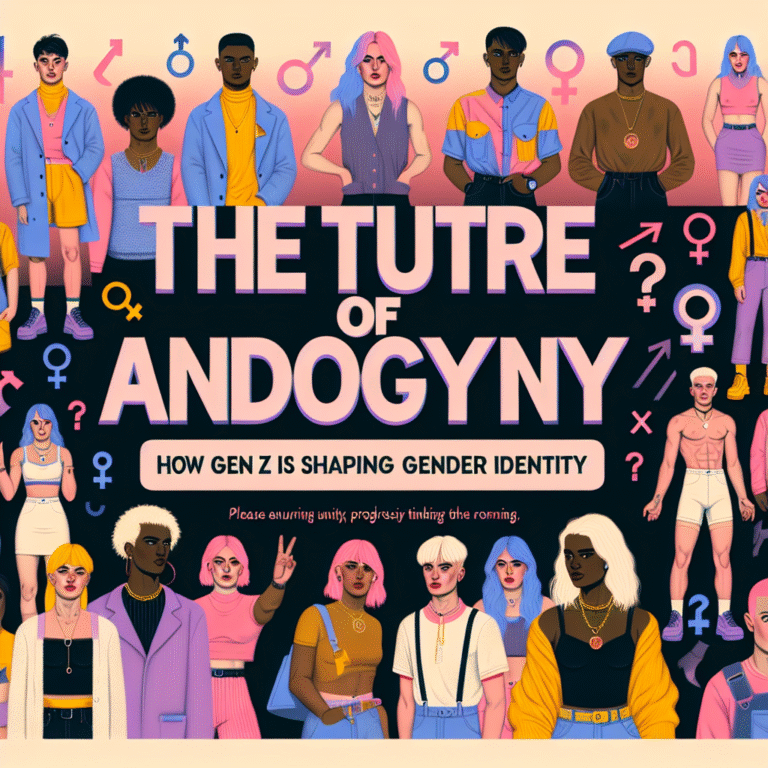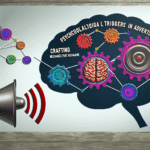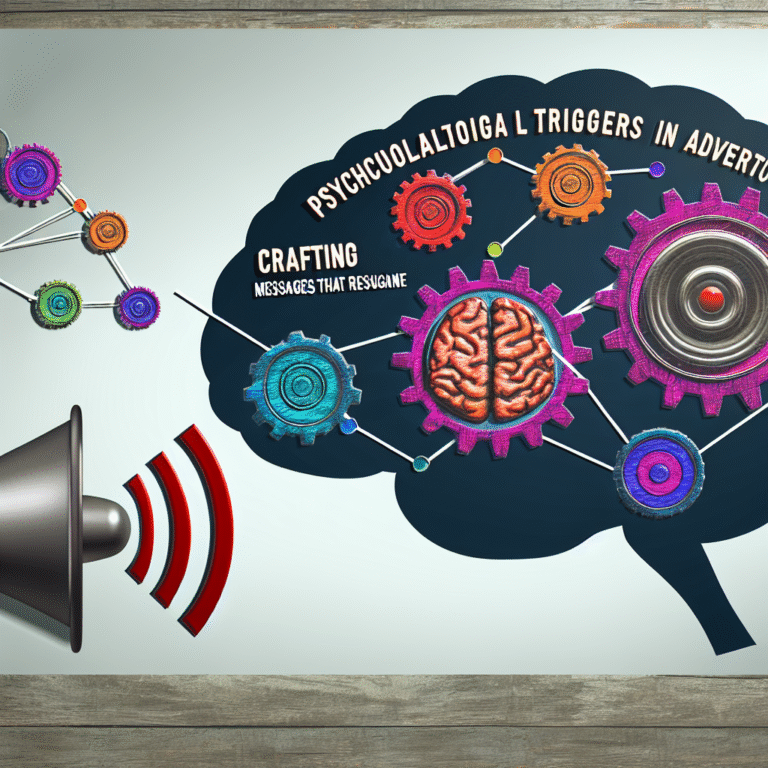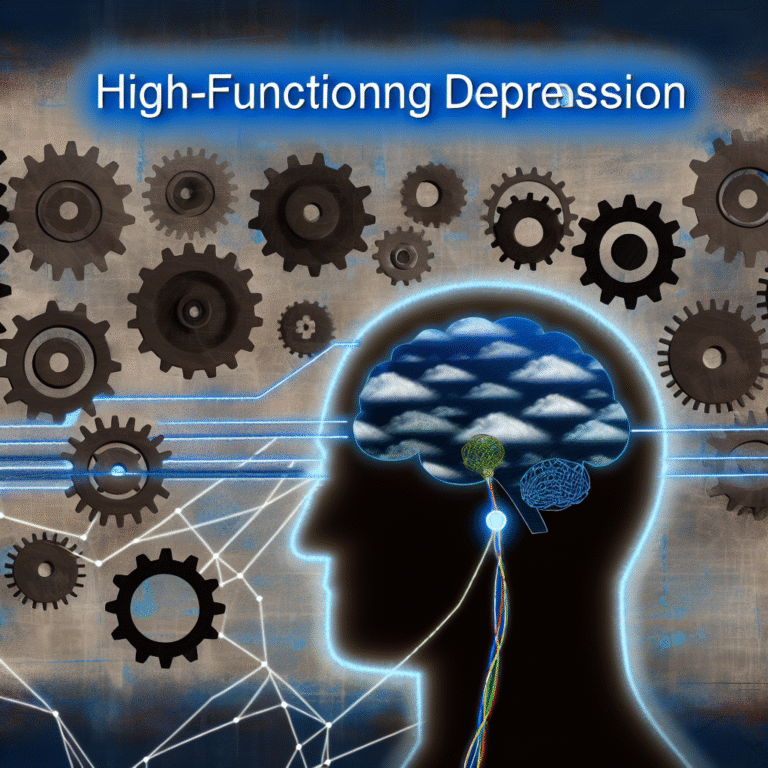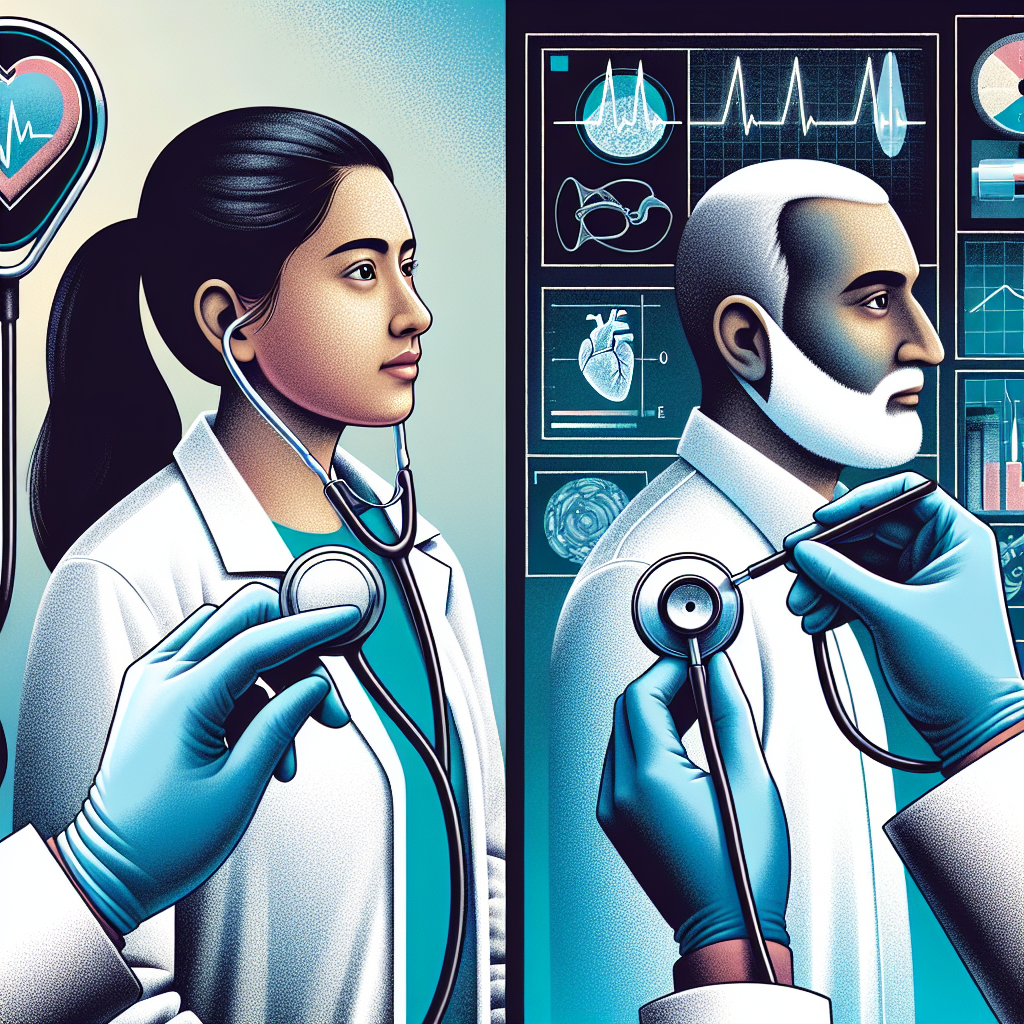
Introduction
In today’s world, understanding health and wellness extends beyond basic biology. It intertwines with gender dynamics and influences a variety of medical treatment outcomes. The phrase Health and Wellness: Gender-Related Differences in Medical Treatment Outcomes may seem daunting, but it holds the key to unlocking a personalized approach to healthcare. After all, one size fits all rarely works when it comes to medical treatment. Emerging research shows that gender-related differences influence everything from drug metabolism to pain perception, significantly affecting patient outcomes. This article delves into these disparities, illuminating why comprehension is vital for patients, healthcare professionals, and policymakers alike.
Understanding the Basics: Gender and Health
Health and wellness are inherently interconnected with gender. Biological differences such as hormones and genetics play a crucial role, but societal influences and access to healthcare cannot be overlooked.
Biological Variations
Differences in male and female biology can dictate how diseases manifest. For instance, women are more likely to develop autoimmune diseases due to genetic predispositions, while men are more likely to experience cardiovascular diseases earlier in life. Women often have different responses to medications; for example, studies have shown that women process certain pain medications differently than men.
Societal Factors
Social determinants of health, such as income, education, and cultural norms, color the experiences of different genders within the healthcare system. For instance, men might be less likely to seek help for mental health issues due to societal stigmas, leading to poorer outcomes in that domain.
Case Study 1: Cardiovascular Diseases in Women vs. Men
A fascinating case study is the approach to cardiovascular disease (CVD). Traditionally, CVD has been viewed as a "man’s disease."
Key Findings
- Symptoms Differ: Women often experience atypical symptoms compared to men, such as fatigue and nausea rather than the classic chest pain.
- Treatment Delays: Research has shown that women frequently experience delays in treatment due to misdiagnosis stemming from prevalent stereotypes.
Table 1: Clinical Outcomes in CVD Treatment (Men vs. Women)
| Gender | Symptom Onset | Time to Treatment | Readmission Rate |
|---|---|---|---|
| Men | 75% chest pain | 30 mins | 12% |
| Women | 65% atypical | 60 mins | 25% |
Analysis
This case study unveils the urgent need for awareness among healthcare professionals to ensure equitable treatment and improve health outcomes across genders. Given that heart disease is one of the leading causes of death in both genders, this awareness is crucial.
Gender-Related Differences in Mental Health Treatment
Mental health treatment reveals a plethora of gender-related differences that inform effective healthcare approaches.
Key Highlights
- Diagnosis Rates: Women are more frequently diagnosed with anxiety and depression, while men are often diagnosed with substance use disorders.
- Treatment Responses: Research indicates that women benefit more from talk therapy, while men might respond better to medication.
Table 2: Treatment Effectiveness in Mental Health (Gender Perspectives)
| Diagnosis | Gender | Preferred Treatment | Success Rate |
|---|---|---|---|
| Depression | Women | Talk therapy | 70% |
| Depression | Men | Medication | 65% |
| Addiction | Women | Medication | 60% |
| Addiction | Men | Talk therapy | 75% |
Analysis
By understanding these nuances, healthcare providers can tailor mental health interventions that resonate more effectively with different genders, leading to better outcomes.
The Role of Gender in Pain Perception and Management
Pain perception varies significantly across genders, influencing treatment outcomes.
Gender Differences in Pain Response
Women report higher pain levels and experience more chronic pain conditions than men. Furthermore, they metabolize pain medications differently.
Evidence-based Insights
Research has shown that female patients often receive inadequate pain management due to misconceptions about women’s pain tolerance.
Case Study 2: Chronic Pain Management
- Study Overview: A study examined chronic pain medication effectiveness in men vs. women.
- Results: It was found that women required higher doses for comparable pain relief due to differences in metabolism.
Table 3: Pain Management Outcomes by Gender
| Gender | Average Pain Score (1–10) | Medication Dosing | Patient Satisfaction |
|---|---|---|---|
| Male | 6 | Low | 70% |
| Female | 8 | High | 50% |
Analysis
These findings highlight the necessity for healthcare providers to adopt a gender-sensitive approach to pain management to ensure patients receive optimal care.
Innovations in Gender-Inclusive Health Research
The landscape of medical research is changing, becoming increasingly inclusive. This shift promises to break down the barriers surrounding gender-related healthcare outcomes.
Key Innovations
- Gender-Specific Trials: Obligatory inclusion of diverse gender participants in clinical trials is becoming standard practice, providing a clearer understanding of how treatments perform across demographics.
- Tailored Health Programs: More healthcare systems are developing gender-responsive health programs focusing on unique needs related to gender.
The Importance of Inclusion
When diverse gender identities are considered, medical research can evolve, improving overall healthcare quality.
Conclusion
The journey toward understanding Health and Wellness: Gender-Related Differences in Medical Treatment Outcomes is far from over. While progress has been made, much work remains to ensure that everyone receives equitable and effective healthcare. Actionable insights from this article emphasize the necessity for healthcare providers to adopt gender-sensitive approaches in diagnosis and treatment. In sum, increasing awareness around these differences can lead to improved patient outcomes, effectively bridging the gaps in our current healthcare system.
FAQs
1. What are gender-related differences in healthcare?
Gender-related differences in healthcare refer to the variations in health outcomes, treatment responses, and access to care between men and women due to biological, psychological, and social factors.
2. How do these differences affect medical treatment outcomes?
These differences can lead to variations in symptom presentation, treatment efficacy, and overall patient satisfaction, highlighting the need for gender-specific medical approaches.
3. Are clinical trials gender-inclusive?
There is a growing trend toward including diverse genders in clinical trials, which helps to capture a more accurate picture of treatment effects across different populations.
4. Why are women often undertreated for pain?
Women are often undertreated for pain due to misconceptions about their pain tolerance and the belief that they are more emotionally driven, leading to biases in pain management strategies.
5. How can patients advocate for gender-sensitive care?
Patients can advocate for gender-sensitive care by communicating openly with their healthcare providers, asking about how gender may affect their diagnosis and treatment, and seeking second opinions if necessary.
By addressing health and wellness from a gendered perspective, we can strive toward a healthcare system that acknowledges and respects individual differences, ultimately improving outcomes for everyone.





